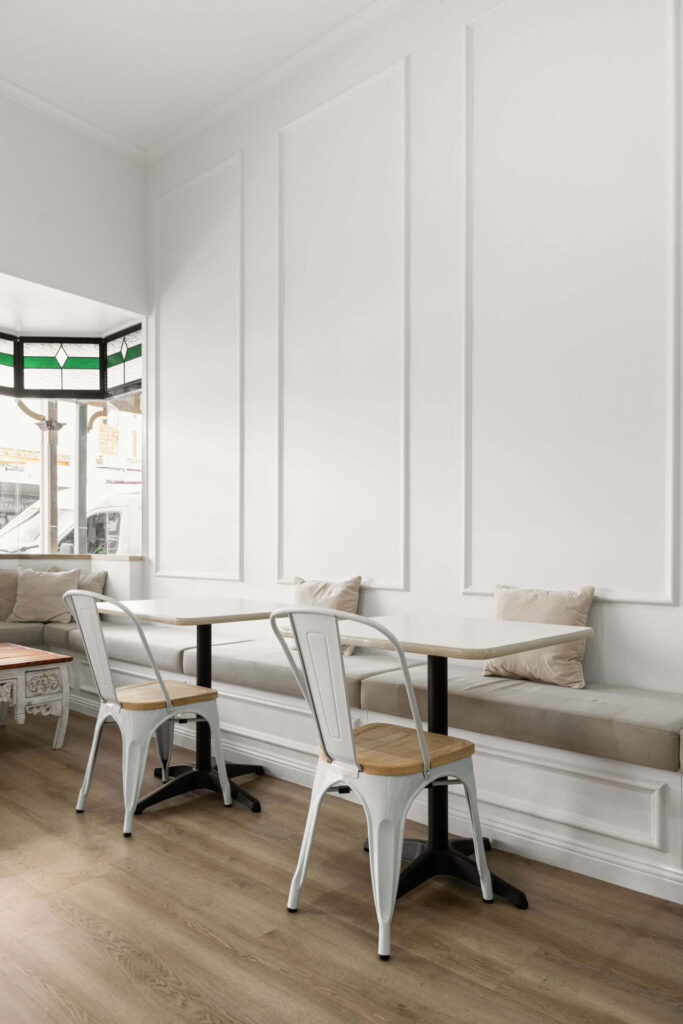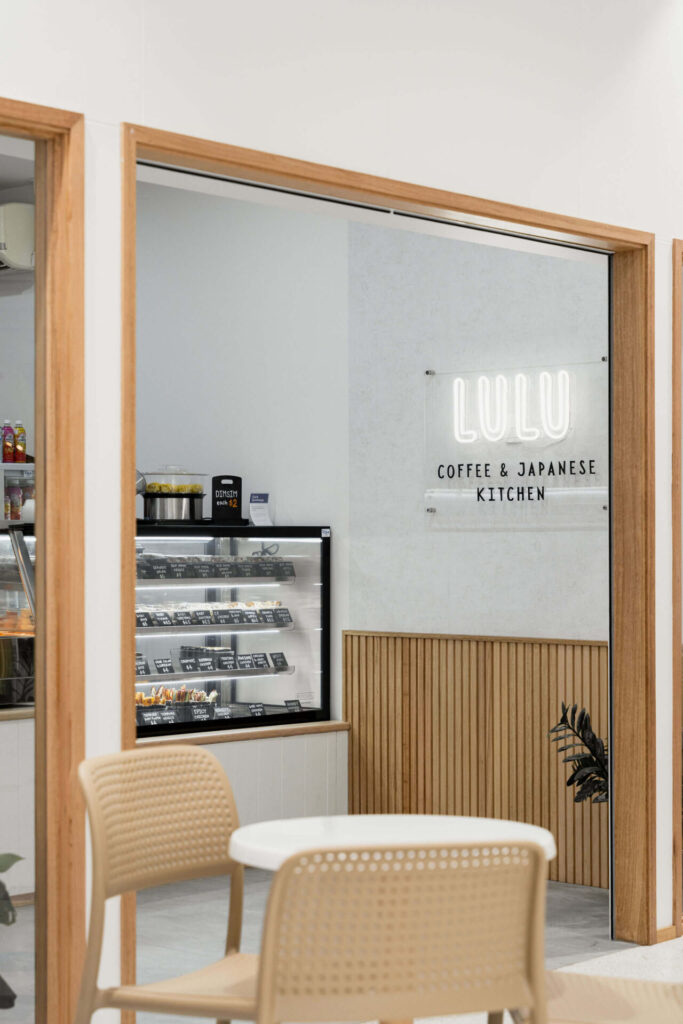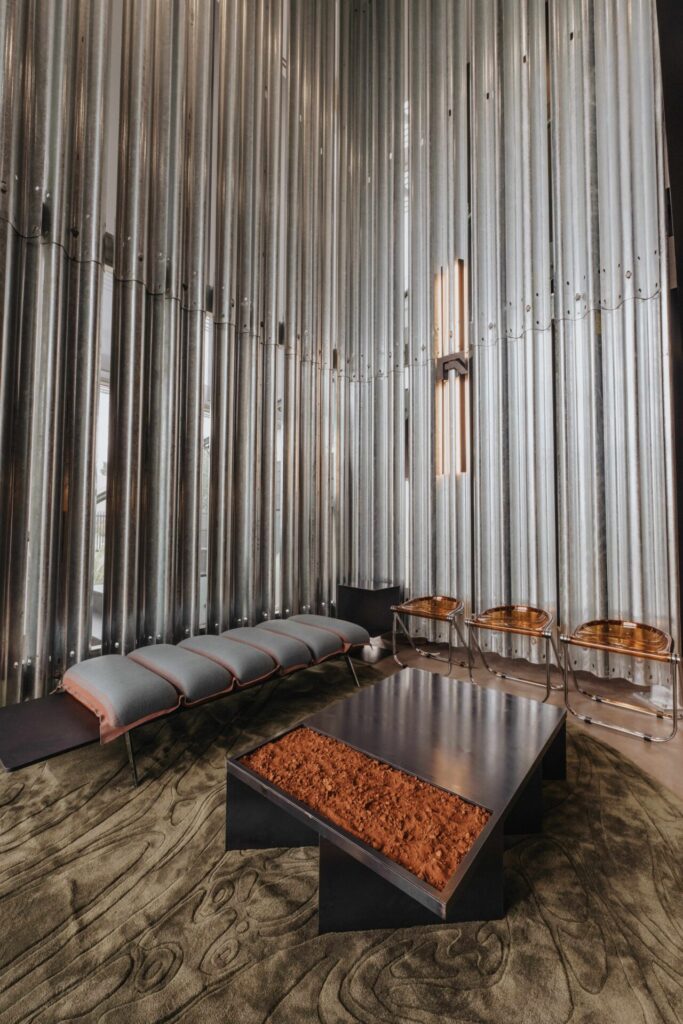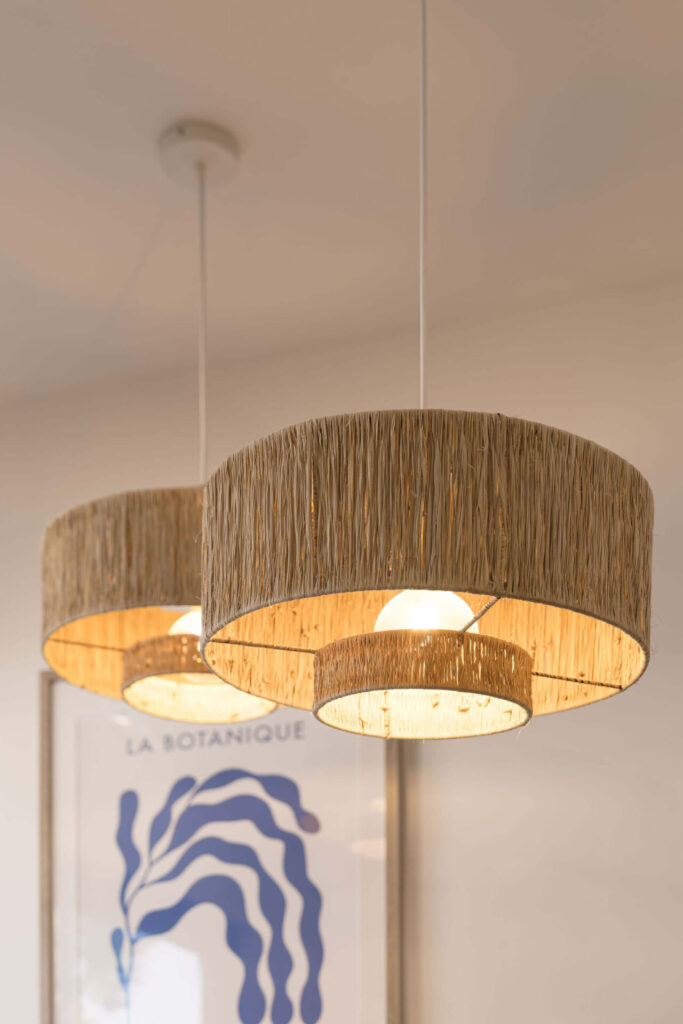What is a Commercial Fit Out? | Total Fitouts – New Zealand
What is a Commercial Fit Out?
A commercial fit out, in essence, is a way to make an interior commercial space ready for occupation. This process often involves negotiations between tenants and landlords about who bears the cost. In the case of where a property is directly owned by the business, the process is a little bit more straightforward.
Luther Crowther, Director at Total Fitouts Auckland Central says, “In many cases, the landlord helps with some expenses as it adds value to their property too. A well-executed fitout not only enhances functionality but also boosts aesthetic appeal. The importance of commercial fit outs for businesses can’t be overstated; they create workspaces that foster productivity and reflect your brand’s image.”

The Role of Commercial Fitouts in Creating Functional and Appealing Spaces
Commercial fit outs play a pivotal role in transforming empty spaces into functional and visually appealing environments. These projects involve the strategic planning and commercial interior design of spaces to meet the specific needs of businesses, ensuring optimal functionality and efficiency. From office layouts that promote collaboration and productivity to retail spaces that enhance the customer experience, commercial fitouts combine aesthetic considerations with practical solutions.

Different Types of Commercial Fit Outs
Commercial fit outs are broadly classified into three categories: shell and core fit outs, Category A fit outs, and Category B fitouts. Each category serves a unique purpose in the commercial space setup.
Cold Shell & Core Fitouts – Framework for Customisation
A cold shell and core fit out, as its name suggests, provides the basic structure of a building. It includes structural features like walls and ceilings but leaves interior spaces bare. This type offers maximum customisation potential to businesses since it allows them to design their own interiors from scratch.
Luther Crowther, Director at Total Fitouts Auckland Central says, “Next up is Category A or Cat-A fitouts, which takes things one step further by providing some basic amenities such as suspended ceilings, raised access floors, lighting fixtures, air conditioning systems toilets grid etc., essentially making a space move-in ready while still leaving room for customisation based on tenant improvements needed.”
The last category – Cat-B commercial fitouts – gives you a fully functional unit with finished interiors including furniture placements specific to business needs, thus incorporating both aesthetics along with functionality into the commercial space. From private rooms designed to encourage focus to collaborative zones that foster teamwork, this type ensures every inch of your workspace works hard to boost productivity and reflect the brand’s identity.
Components Involved in a Commercial Fitout
A comprehensive commercial fitout is more than just space planning. It involves transforming an interior commercial space into a functional and aesthetically pleasing environment, equipped with all the necessary amenities.
Special Lighting Fixtures & Finished Commercial Fitout Exteriors
The lighting fixtures play a significant role in creating the right ambience for your commercial space. Proper lighting can enhance productivity or mood while also contributing to energy efficiency.
Your finished commercial spaces should not only be practical but also reflect your brand identity. This could involve choosing particular colour schemes or materials that align with your company ethos.

Signage plays an integral part too, helping visitors navigate through different areas easily while reinforcing brand recognition. Blinds or curtains offer both privacy when needed and control over natural light entering the room, making it easier for workers or customers when in the commercial fitout space.
The reception area is typically where first impressions are made; therefore it’s important to give this zone special attention during any commercial fitout project. Equipping kitchen areas properly ensures staff has access to facilities required for breaks which aids morale and wellbeing at work.
The Commercial Fitout Process
Every commercial fitout project begins with a solid plan. To get the ball rolling, we must consider factors like comprehensive price estimates and design that matches branding.
Construction Phase – Executing the Commercial Interior Design
Jason Horne, Director at Total Fitouts Bay of Plenty says, “A commercial fitout involves implementing structural changes based on an approved design. This step can transform your space into something more efficient and visually appealing.
In this phase, Total Fitouts shopfit experts puts skills to work executing detailed plans for every aspect of the commercial fitout. We handle everything from lighting fixtures to air conditioning installations.
This stage also includes key tenant improvements such as installing suspended ceilings or adding raised access floors where needed. Safeguarding against potential issues is critical during this phase to ensure all changes meet legal requirements and standards for safety and quality control.
No matter what type of business you’re in, understanding each stage of a commercial fitout can help make sure your project runs smoothly from start to finish.

Benefits of a Well-Executed Commercial Fit Out
Jason Horne, Director at Total Fitouts Bay of Plenty says, “A well-planned commercial fit out does more than just make your space look good. It enhances productivity or client experience, improves the company’s image, and customises the space to align with unique business needs.”
Increasing Energy Efficiency & Reducing Operational Costs in a Commercial Fitout
In today’s competitive market, every dollar counts. Modern systems used in commercial fitouts can help businesses save by increasing energy efficiency and reducing operational costs.
The right commercial interior design can optimise natural light use or implement energy-efficient lighting fixtures. This not only cuts down on electricity bills but also creates an inviting atmosphere that boosts morale.

Beyond aesthetics, strategic placement of interior walls or partitioning systems allows for efficient HVAC system operation while preserving privacy where needed – both critical elements when designing an optimal environment.
A well-executed commercial fitout is about much more than mere appearances; it involves thoughtful planning and execution which pays off in terms of financial savings as well as improved work culture.
So, now you know the magic behind that “Wow!” moment when entering a fantastic commercial fitout space. It’s all thanks to commercial fitouts and the shopfit experts behind it.
A well-executed commercial fit out is like dressing your space in a tailor-made suit – it’s not just visually impressive but also highly functional and efficient.
The beauty of this process lies in its customisation potential – whether it’s shell & core for maximum flexibility or Category B for specific business needs, every choice matters.
In essence, understanding what is a commercial fitout opens up new possibilities – from transforming interiors to boosting productivity and even reducing operational costs!
Remember: Great design isn’t merely about aesthetics; it impacts everything from energy efficiency to your bottom line…
